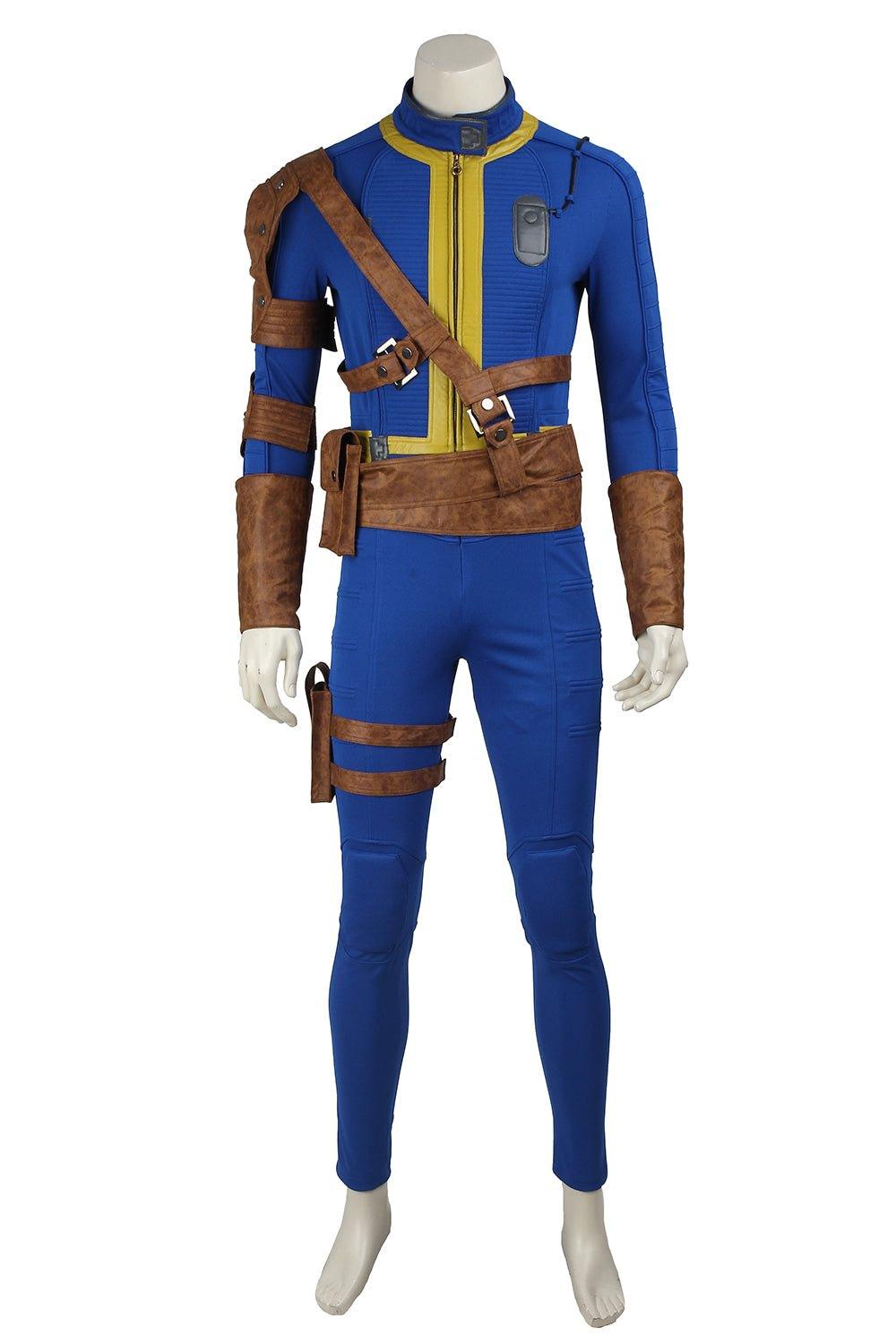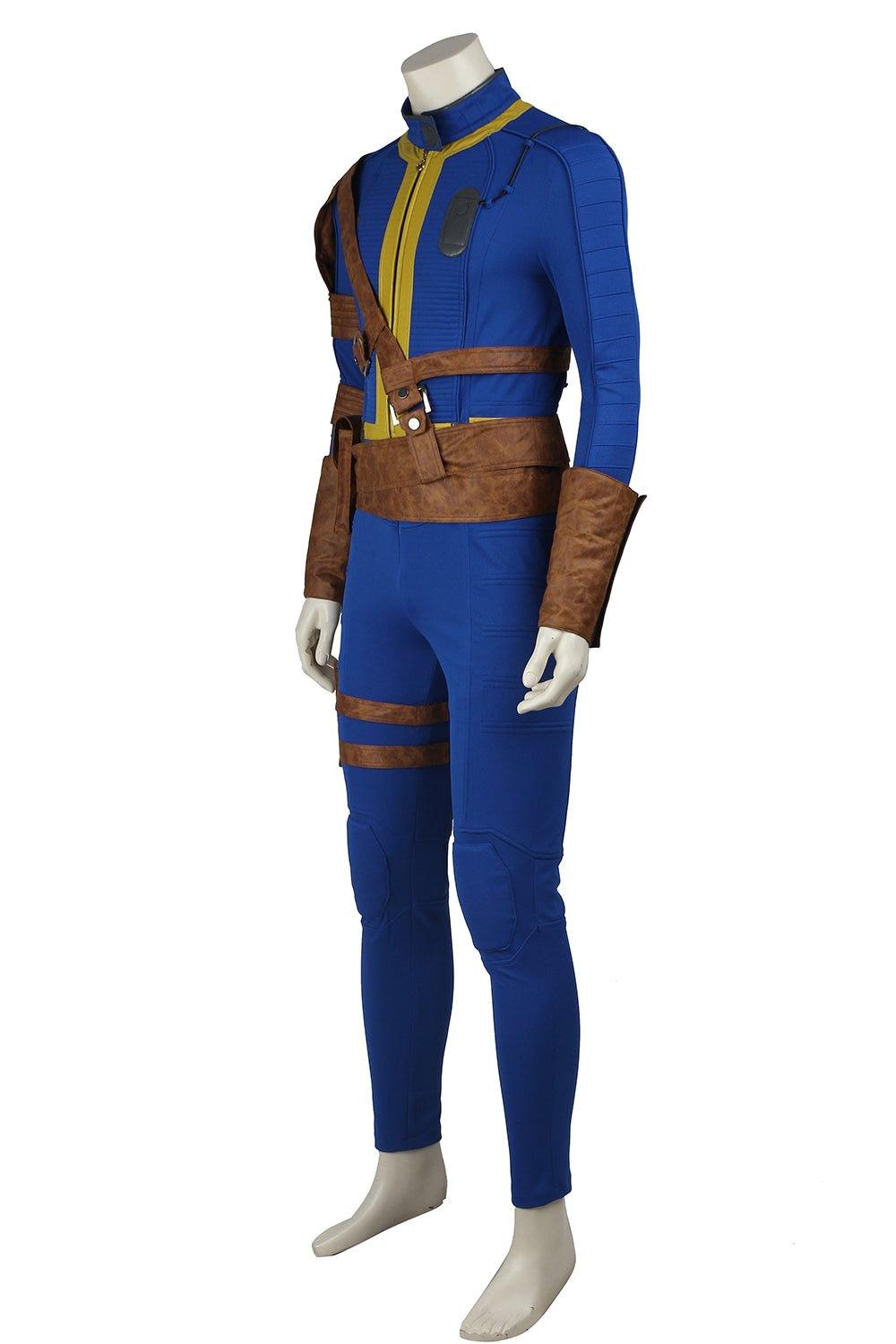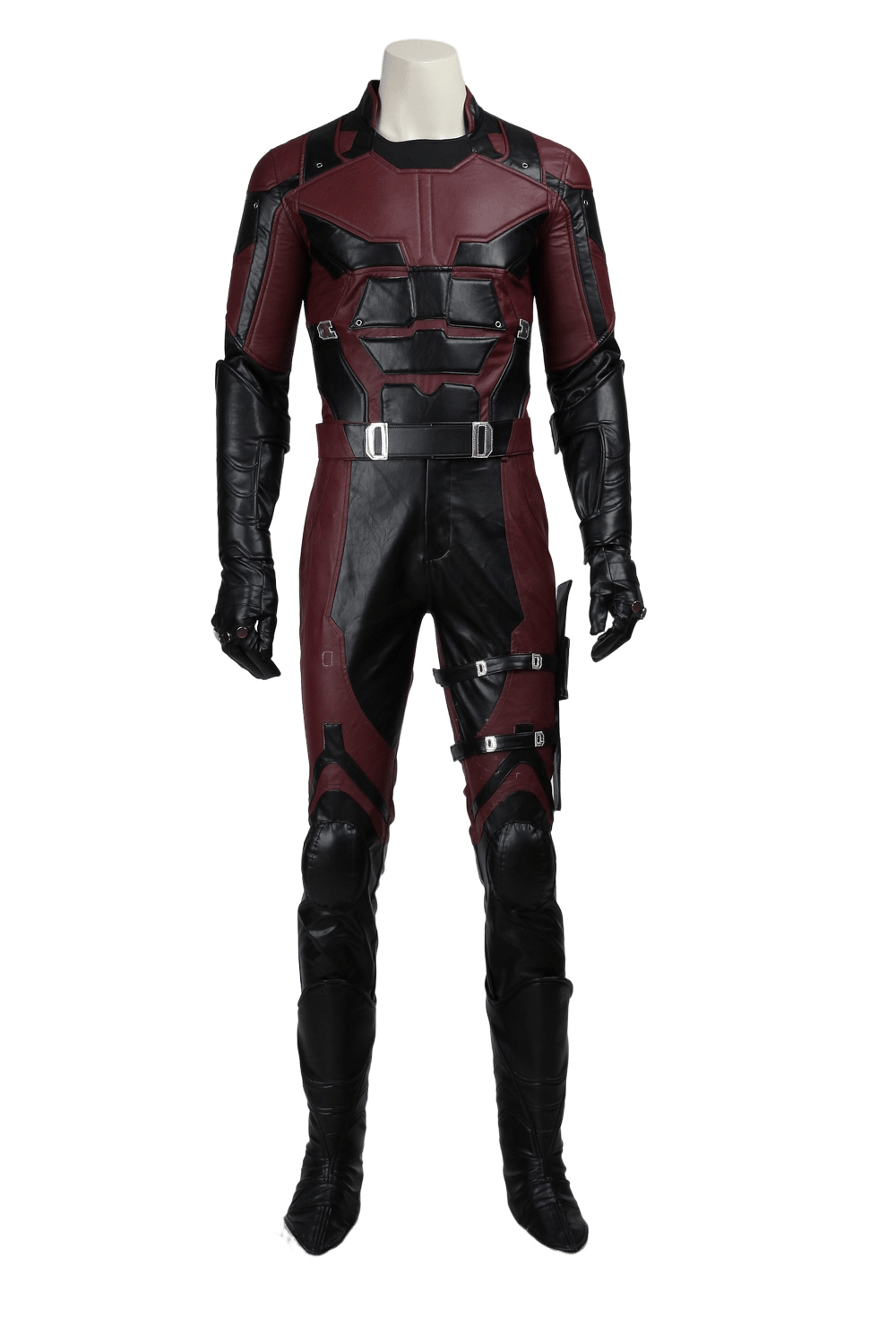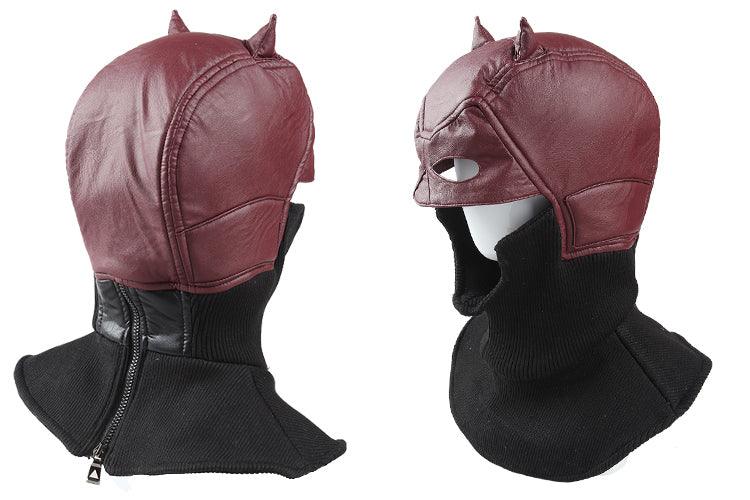How to Make Extra Arms for Cosplay
Creating extra arms for your cosplay can be a fun and rewarding project, adding a unique and impressive element to your costume. This guide will walk you through the process of making extra arms, incorporating tips and techniques from various sources, including CrazeCosplay.com and other top-ranked tutorials.
1. Planning and Preparation
Before you start crafting your extra arms, it's essential to plan your project carefully. This involves choosing your design, gathering reference images, and taking accurate measurements.
Choose Your Design:
-
Decide on the character and specific look you want to achieve.
-
Gather reference images from multiple angles to understand the details and structure of the arms.
Scale and Measurements:
-
Take accurate measurements of your body to ensure the extra arms fit proportionally.
-
Measure the length of your real arms and decide how long you want the extra ones to be.
Materials Selection:
-
Opt for lightweight and flexible materials such as EVA foam, wire, polyfill, and fabric.
-
EVA foam is particularly popular due to its versatility and affordability.
2. Creating Patterns
Creating accurate patterns is crucial for the success of your extra arms. Patterns serve as templates for cutting and shaping your materials.
Pattern Making:
-
Use reference images to create patterns on paper or cardstock.
-
Wrap your arm in plastic wrap and masking tape, draw the arm shapes on the tape, then cut it off to create your pattern.
3. Building the Armature
The armature is the skeleton of your extra arms, providing structure and flexibility.
Materials Needed:
-
Wire (for flexibility)
-
PVC pipes or wooden dowels (for rigidity)
-
Foam padding
Steps:
-
Wire Frame: Create a wire frame for the arms. Bend the wire into the shape of the arms and fingers.
-
Reinforcement: Use PVC pipes or wooden dowels to reinforce the wire frame, ensuring the arms can hold their shape.
-
Padding: Wrap the armature with foam padding to give it a more natural shape.
4. Adding Muscles and Skin
Once the armature is complete, it's time to add muscles and skin to your extra arms.
Materials Needed:
-
Polyfill or cotton filling
-
Fabric (such as white tights or leggings)
-
Hot glue or contact cement
Steps:
-
Muscles: Stuff the arms with polyfill or cotton filling to create muscles. Ensure the filling is evenly distributed.
-
Skin: Cover the stuffed arms with fabric. White tights or leggings work well for this purpose. Cut them to the appropriate length and sew or glue them in place.
5. Painting and Detailing
Painting and detailing bring your extra arms to life, making them look realistic and matching your character's design.
Materials Needed:
-
Acrylic paints
-
Brushes
-
Metallic spray paints (if needed)
-
Weathering tools (sponges, brushes)
Steps:
-
Base Coat: Apply a base coat of acrylic paint to the arms. Choose a color that matches your character's skin tone or costume.
-
Details: Add details such as veins, scars, or tattoos using fine brushes.
-
Metallic Effects: For metallic arms, use metallic spray paints or dry brushing techniques to add highlights and a realistic sheen.
-
Weathering: Use weathering techniques to add dirt, grime, and wear effects. Focus on areas that would naturally experience wear and tear.
6. Attaching the Arms
Attaching the extra arms securely to your body is crucial for comfort and functionality.
Materials Needed:
-
Straps (elastic or Velcro)
-
Buckles
-
Hot glue or contact cement
Steps:
-
Straps: Use elastic straps or Velcro to attach the arms to your body. Elastic straps provide flexibility and comfort, while Velcro allows for easy adjustments.
-
Attachment Points: Secure the straps to the arms using hot glue or contact cement. Reinforce the attachment points with additional layers of foam or thermoplastic.
-
Padding: Add foam padding to the inside of the attachment points for comfort and a secure fit.
7. Final Touches
The final touches can make a significant difference in the overall appearance and functionality of your extra arms.
Accessories and Props:
-
Create matching accessories and props to complete your cosplay. This can include weapons, shields, or additional armor pieces.
-
Use the same techniques and materials to ensure consistency in your costume.
Testing and Adjustments:
-
Try on the extra arms and make any necessary adjustments for fit and comfort. Ensure that you can move freely and that the arms stay in place during wear.
-
Make any final tweaks to the paint job or details to achieve the desired look.
8. Resources and Inspiration
There are numerous resources available to help you in your cosplay-making journey. Websites like CrazeCosplay.com offer tutorials, tips, and a supportive community for cosplayers of all levels. Additionally, books and video tutorials from experienced cosplayers can provide valuable insights and techniques.
Recommended Resources:
-
CrazeCosplay.com: Offers comprehensive guides and tutorials on making cosplay armor from foam and other materials.
-
Kamui Cosplay: Provides books and video tutorials on creating cosplay costumes and props.
-
YouTube: Channels like Kamui Cosplay and Evil Ted Smith offer detailed video tutorials on various cosplay techniques.
9. Example Projects
To provide further inspiration, here are a few example projects from experienced cosplayers:
Hanari Solomon's Poseable Arms:
-
Hanari Solomon has created a detailed tutorial for lightweight, poseable arms. The build requires saran wrap, packing tape, wire, polyfill, and white tights or leggings. The first step is wrapping your arm with cellophane wrap and then covering it with clear tape. After cutting it off and taping the seam back together, fill it with polyfill and repeat the process for the other arm.
CrazeCosplay's Armor Techniques:
-
CrazeCosplay offers various tips for creating cosplay armor on a budget, which can be adapted for making extra arms. Using affordable materials like EVA foam and thermoplastics, you can create durable and impressive-looking arms without breaking the bank.
10. Tips for Success
Here are some additional tips to ensure your extra arms project is successful:
-
Start Early: Give yourself plenty of time to gather materials and put your arms together.
-
Use What You Have: Look through your supplies first before buying new items.
-
Thrift Stores: Find unique pieces at low prices.
-
Don't Underestimate Accessories: Sometimes the right props or makeup can make the costume.
-
Comfort is Key: Make sure you can move, sit, and use the restroom in your costume.
-
Weather-Proof Your Look: Consider the forecast and adapt your costume accordingly.
-
Test Your Costume: Try everything on before the big event to work out any kinks.
-
Have a Backup Plan: Keep a simple alternative costume on hand in case of wardrobe malfunctions.
11. Conclusion
Creating extra arms for your cosplay can be a challenging yet rewarding experience. By following this guide and utilizing the resources available, you can craft impressive and functional extra arms that will enhance your cosplay and wow your audience. Remember, the most important part of any cosplay project is to have fun and let your creativity shine!







